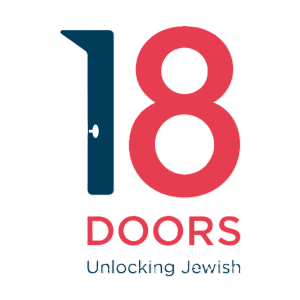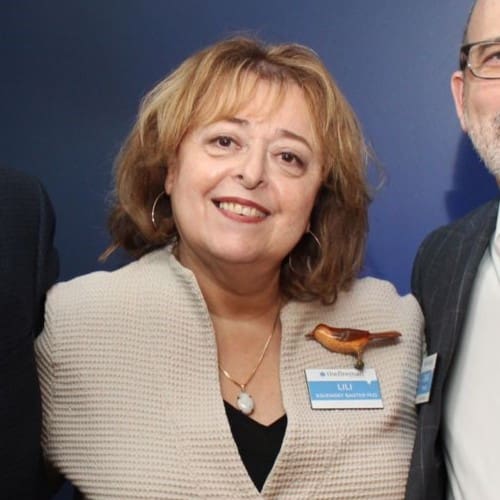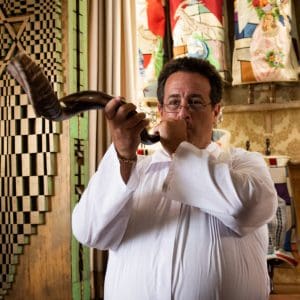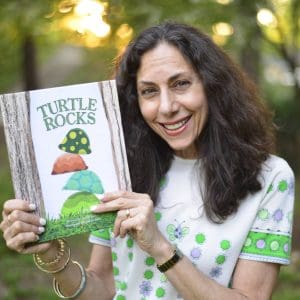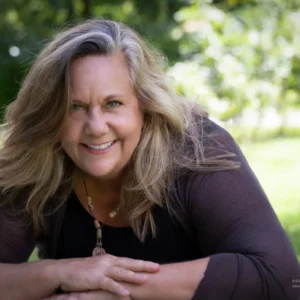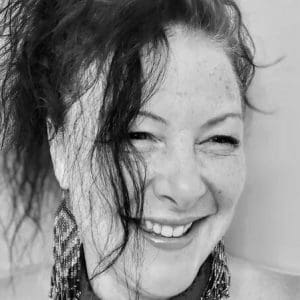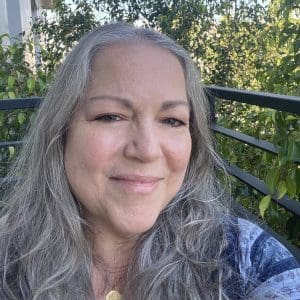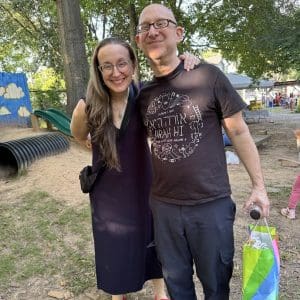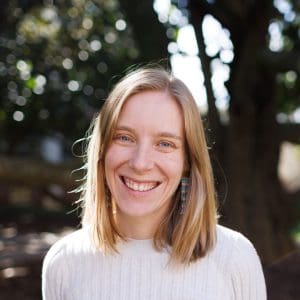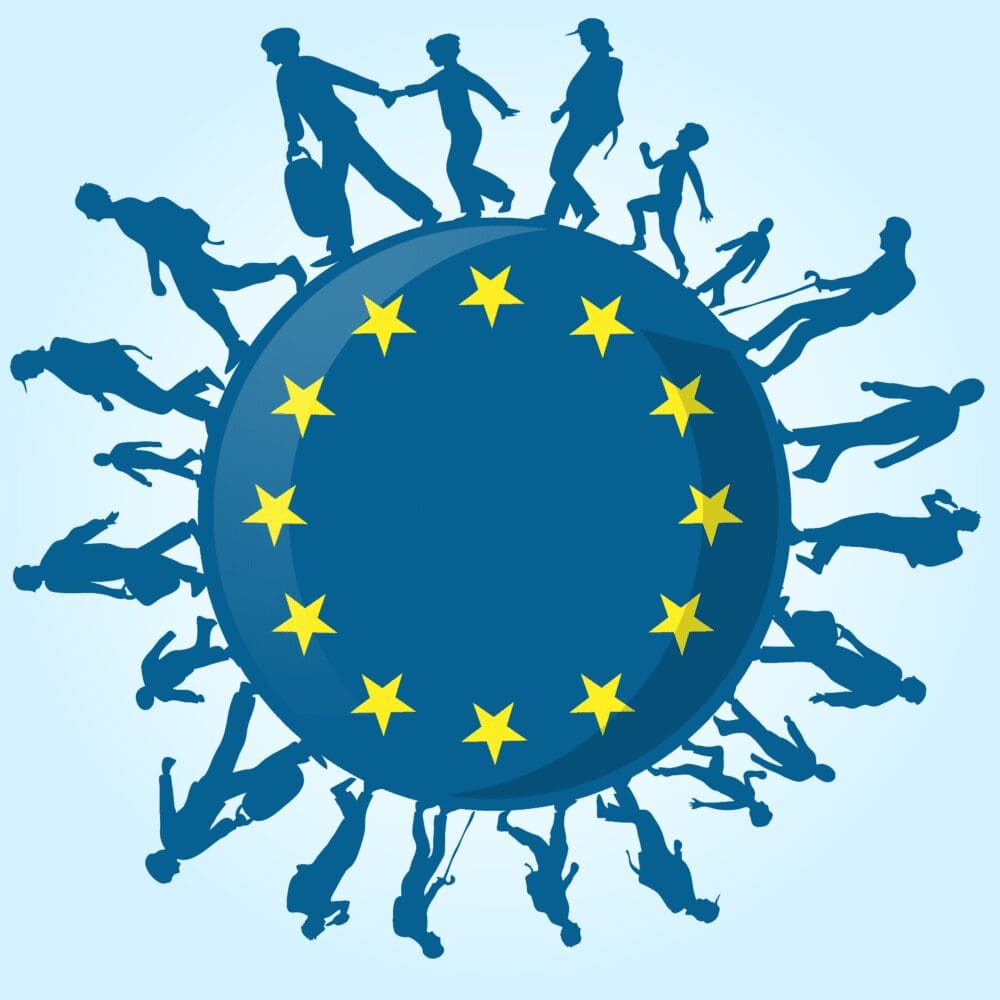KI TISSA SHABBAT PARAH 5777
THE JOY OF UNSOLICITED GIVING
March 16, 2017
18 Adar 5777
The fashioning, and worshipping, of the Golden Calf angered and disappointed both God and Moses. With the Sinai experience still fresh in their minds, the Israelites, disturbed by Moses' delay in reappearing from his heavenly rendezvous with God, compelled Aaron to make for them a God, who would protect them in the wilderness in which they now found themselves. The Torah notes that a call then went out for people to bring their gold earrings and other jewelry that would be used to fabricate this new and splendid idol.
According to the rabbinic timeline, it was following this debacle that God commanded the building of the Mishkan, the imposing desert sanctuary. Here too contributions were needed, and once again the people responded handsomely. The Midrash reflects on the generosity of the people; they willingly gave of their resources to support both projects. Sadly, however, they failed to distinguish between the call to craft the golden idol and the sacred task of erecting the Mishkan.
To this day people respond to calls to support capital fund drives to build houses of worship, hospitals, community centers and other institutions that serve the public. These contributions are generally forthcoming following a solicitation. Yet a gift is a gift, and each donor deserves to be recognized and thanked.
One of the most oft quoted lines in Anne Frank's Diary is her faith that "in spite of everything I still believe that people are really good at heart." To be sure there is ample sad and harsh evidence of human propensity for cruelty. We know that demagogues play on the emotions of the masses to enlist them in perpetuating and supporting immoral and illegal acts. Yet there is a quality of goodness within human beings that does come to the fore in all sorts of settings. It is the unsolicited random acts of kindness that justify faith in humanity.
Mia Schon, a Newton native, has lived in Tel Aviv for the past three years. She is a trained artist with a special proficiency in mosaics. Mia resides in a lovely neighborhood in North Tel Aviv where many of the buildings were erected in the 1930's and 40's. Yet there is a charm to the block that is now the home of many young professionals and their families.
The trash of each building is put in large bins that are placed outside the structure close to the sidewalk but behind a concrete partition that attract all sorts of graffiti. Disturbed by this eyesore, Mia decided to cover the graffiti with a mosaic. Her "raw material" was broken shards of glass, various colored tiles plus some earthenware saucers. One morning she set down her material and began creating her mosaic. Needless to say, designing the pattern and placing each piece in its place, gluing it on the surface and then applying the needed grout to solidify the work, is extremely labor intensive.
The sight of this young woman, this young street artist, hard at work, evoked the curiosity of her neighbors. It didn't take too long for people to stand at her side or to look over shoulder as she executed her design. Many brought her refreshment, others arrived with mirrors and tiles for her to use. Still others engaged her in conversation to learn about her background. Neighbors that were unacquainted with one another began to talk, and what emerged was a community "beautification" effort to which many contributed.
It took Mia two weeks to complete the mosaic, and people love it (See the before and after pictures below!). The project has drawn many neighbors closer, and Mia herself now knows many of her neighbors who have invited her for Shabbat meals. She wasn't building a Mishkan nor was she crafting a golden calf, but she did happily create an object of beauty that elicited the spontaneous support of many others. The payoff for Mia is her sense of being anchored in her adopted community; the common benefit is the satisfaction of creating an art piece that is a source of pleasure to so many.
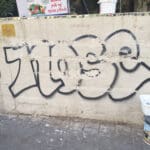

It's always possible to find outlets in which we can give of our self, of our talent, of our resources. There are always opportunities to contribute to the greater good of our community, of our environment, of our neighbors, and very often even to strangers. As human beings, we are endowed with the capacity to join others in various group activities. The challenge is to distinguish between the positive and the negative, the moral and the immoral, the good and the bad. Hopefully we will be blessed to have a share in creating items of beauty about which we can proudly claim some small part in bringing this enhancement of our community to life.
—
From the holy city of Jerusalem, my best wishes for a Shabbat shalom u'mevorach, a Shabbat of peace and of blessing and fulfilling.
TEZAVEH SHABBAT ZACHOR PURIM 5777
MORDECAI THE EVERYMAN
March 9, 2017
11 Adar 5777
It is called the Book of Esther. It's the beloved story of the Jewish girl, chosen by King Ahasurues to be his bride and queen. Following her initial hesitation, she accedes to using her standing to thwart Haman, thereby saving her people. To my mind, however, the book should be ascribed to Mordecai, since it is an account of how one Jew – and with him all Jews – overcame current tragedies to fashion a brilliant future.
The Jewish character of the book begins with chapter 2 when we are introduced to Mordecai, who was among the exiles brought to Babylon following the destruction of the First Temple. Mordecai is portrayed as a refugee who has found sanctuary in Persia Medea. Following Haman's edict of a sanctioned uprising against all the Jews in the Empire, Mordecai dons sackcloth and ashes in despair of his impending doom and that of all the Jews. The refugee from Jerusalem has been plunged into a deep trough of sorrow. He rightly fears that he and his people are facing extinction. Fortunately, Mordecai succeeds in convincing Esther to use her royal station to intercede. She cleverly entraps Haman and brings about his execution, thereby saving her people.
And Mordecai? Now brought into the court as the King's major advisor, he moves about "in royal robes of blue and white, with a magnificent crown of gold and a mantle of fine linen and purple wool" (Esther 8: 15) His rise from sackcloth to royal robes symbolizes the capacity of Jews to overcome their lowly station and become productive and significant members of their societies. In this sense, it is Mordecai more than Esther whose story personifies the rhythm of Jewish history.
Purim celebrates that the day Haman chose to uproot and destroy the Jewish communities in the vast Persian Empire was "transformed for them from one of grief and mourning to one of festive joy." (ibid 9: 22) Mordecai's rise and the events of those days have strengthened Jews whenever the forces of hate and violence imperil their safety and threaten their lives.
The Psalmist captured the possibility, perhaps even the inevitably, of tomorrow being a better day in his assertion: "Weeping may tarry for the night but joy comes in the morning." (Psalms 30: 6) Did these words strengthen Mordecai during his dark night of sackcloth and ashes? Did this faith in the future inspire Mordecai in his determination to defy, resist and ultimately overthrow Haman?
In this sense, Mordecai is the suffering "everyman" who, mired in his/her long night of pain, desperately wishes to transform his life. Mordecai's struggle and that of Persian Jewry is a paradigm of our efforts to transform the suffering of the moment to days of joy and fulfillment. It's a challenge not to become mired down in the sorrows and trials of the moment, but to have the will to direct our energy to assure that "joy will indeed come in the morning." In the midst of the crisis, Mordecai was proactive. He didn't rely solely on prayer, but he took steps to thwart Haman's evil plans.
This is no less the task before us in our personal lives. When beset with pain and sorrow, we have a choice. We can don sackcloth and bemoan our sad fate, or we can chart a course of positive action that, if it will not totally relieve our pain, will at the very least mitigate it. Purim and the Book of Esther – and Mordecai – continue to nurture Jewish optimism about tomorrow. What is true for us as people and as a community is no less true for us as individuals. May it be our good fortune to take the necessary and challenging steps to make God's assurance of salvation a reality in our individual and communal lives.
—
From the holy city of Jerusalem, my best wishes for a Shabbat Shalom u'Mevo'rach, a Shabbat of Joy and blessing and a Purim Sa'me'ach, a festive celebration of this beloved festival.
Rabbi Arnold M. Goodman












